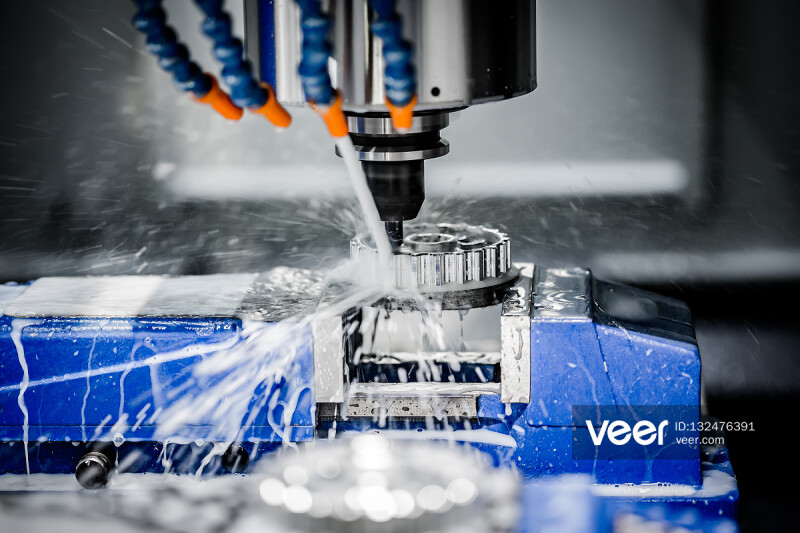GALOCE (China) - How to use a multimeter to detect the load cell?
Use a multimeter to detect the quality of the sensor, the principle and operation are as follows:
1, the sensor manufacturer factory provides sensor output sensitivity and supply voltage, we detect the sensor output signal based on these two parameters. The strain gauge type load cell outputs an analog signal millivolt voltage. For example, the sensor output sensitivity is 2.0mV/V, and the power supply voltage is DC10V. Two parameters can give us a linear relationship between the sensor excitation working voltage and DC10V, and the sensor output signal corresponding to 2.0mV output per 1V excitation voltage. For example, if the sensor full-scale is 50KG, then the sensor DC10V voltage full-scale output is 20mV. Based on this relationship, we measure the sensor output signal with the multimeter mV gear. The no-load output of the sensor is 0mV normal, greater than this value, but close to this value, the value change is that the sensor has zero drift. If the value is large, the sensor is damaged or the internal bridge is a circuit, the bridge arm resistance is asymmetrical.
2. According to the sensor factory supplied sensor parameters, input resistance and output resistance to determine whether the sensor strain gauge is damaged. The sensor input and output resistance values are different specifications for each manufacturer. Therefore, this should be tested according to the manufacturer's label. Use the multimeter ohm gear to detect the resistance of the power supply and power ground, and the signal line also signals the resistance of the ground. If the value is larger than the factory resistance, the sensor has been overloaded and the strain gauge is deformed. If the resistance is infinite, the strain gauge of the sensor is seriously damaged and cannot be repaired.
3. Because the sensor often uses the lead wire to break, and the outer layer of the sheath wire is intact, so the visual sensor wire is intact, we use the ohmic gear of the multimeter to detect the sensor wire breaking. If the resistance is infinitely determined to be broken, if the resistance changes, the contact is poor. The above is a common fault in the simple use of a multimeter to detect the load cell.


























Interested? Submit your enquiry using the form below:
Only available for registered users. Sign In to your account or register here.